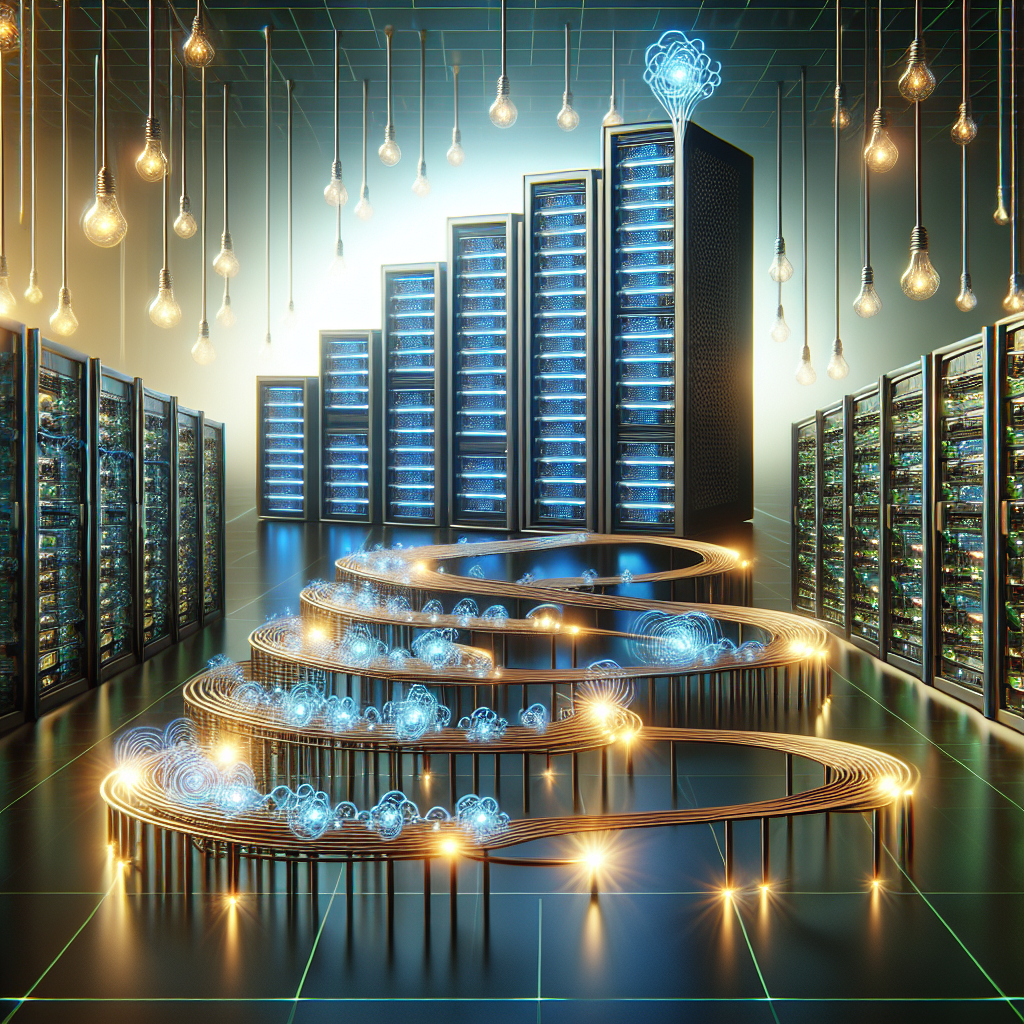The Evolving Landscape of Data Centers in the Age of Big Data and Machine Learning
With the rise of big data and machine learning technologies, the landscape of data centers is rapidly evolving to meet the growing demands of these advanced technologies. As more and more organizations harness the power of data to drive decision-making and enhance business operations, the need for robust and efficient data centers has never been greater.
One of the key trends shaping the evolution of data centers in the age of big data and machine learning is the move towards hyperscale data centers. These massive facilities are designed to handle the immense volumes of data generated by today’s digital economy and provide the computing power needed to support complex machine learning algorithms. Hyperscale data centers are characterized by their massive scale, high levels of redundancy, and advanced cooling and power management systems.
Another trend driving the evolution of data centers is the shift towards edge computing. As more devices become connected to the internet and generate data at the edge of the network, there is a growing need for data processing to take place closer to where the data is being generated. Edge data centers are smaller, more distributed facilities that can provide low-latency processing for applications such as autonomous vehicles, IoT devices, and real-time analytics.
In addition to the physical infrastructure of data centers, the software and networking technologies that power them are also evolving to meet the demands of big data and machine learning workloads. Technologies such as software-defined networking (SDN) and network function virtualization (NFV) are enabling data centers to be more agile and flexible in how they allocate resources and manage traffic.
Furthermore, the rise of artificial intelligence (AI) and machine learning is driving the development of new data center architectures that can support the training and inference of complex machine learning models. These architectures often involve the use of specialized hardware accelerators, such as graphics processing units (GPUs) and tensor processing units (TPUs), to speed up the computation-intensive tasks involved in training neural networks.
Overall, the evolving landscape of data centers in the age of big data and machine learning is characterized by a focus on scalability, efficiency, and agility. Data center operators are investing in technologies and infrastructure that can support the ever-increasing demands of data-intensive workloads and enable organizations to harness the full potential of big data and machine learning technologies. As these trends continue to shape the data center industry, we can expect to see even more innovation and advancements in the years to come.


